The flag of Bolivia is a compelling symbol that embodies the core values, geographical diversity, and cultural richness of the nation. As a visual emblem, the flag intertwines Bolivia’s stunning landscapes, indigenous roots, and vision for the future into one unifying symbol.
Known for its tricolor design, the flag effortlessly combines elements that resonate deeply with its citizens and capture the attention of people around the globe.
Bolivia Flag
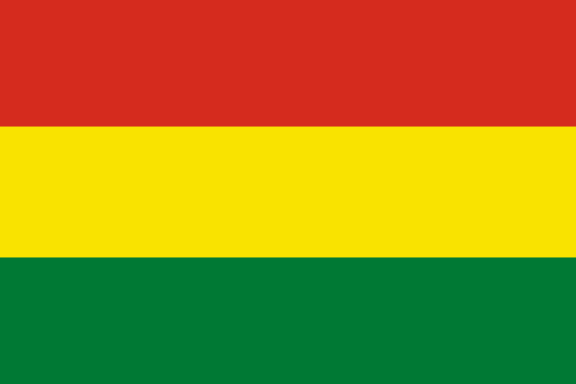
The flag of Bolivia features three horizontal bands arranged in a specific order: red at the top, yellow in the middle, and green at the bottom.
Officially adopted on October 31, 1851, this tricolor design is one of the critical national symbols of Bolivia. The flag serves as a rallying point for citizens and represents the nation on the international stage.
While each color has its significance, which we’ll delve into later, the flag stands as a unified emblem of Bolivia’s national identity.
Bolivia Flag: Color Palette
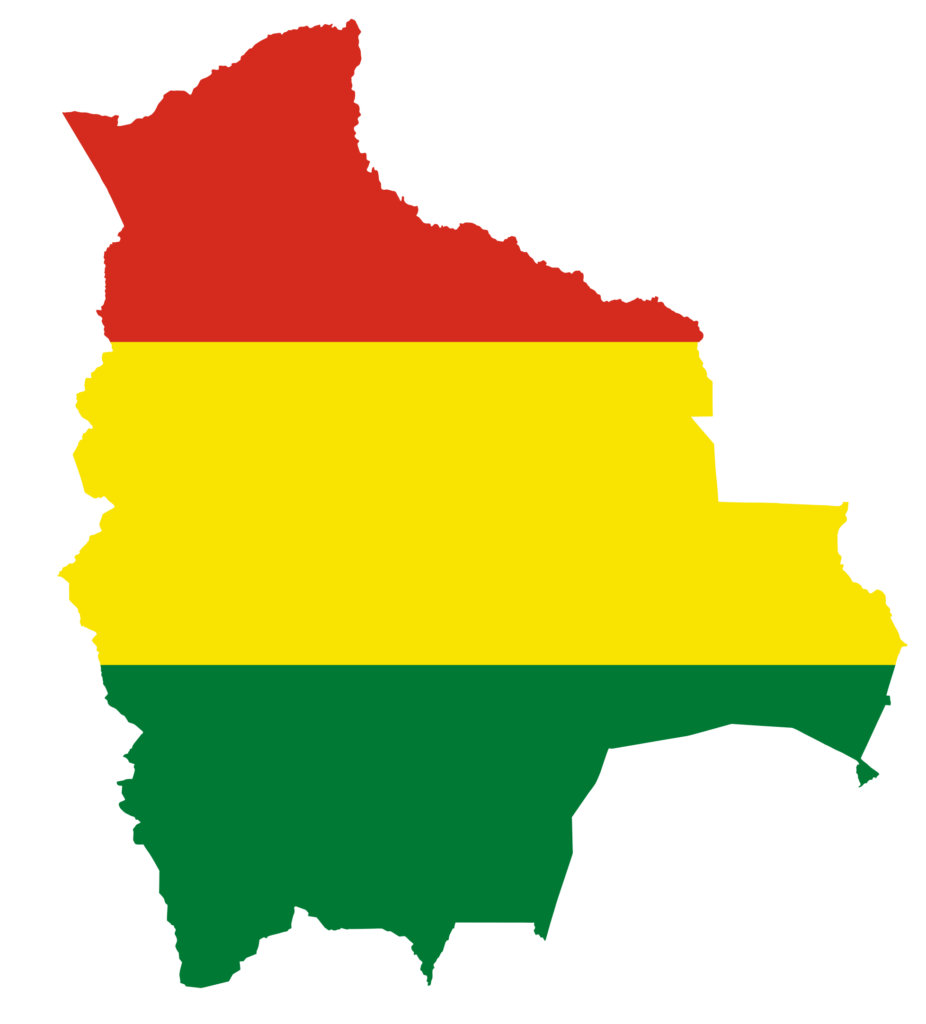
Bolivia Flag Emoji: 🇧🇴
The color palette of Bolivia’s flag is striking and meaningful, featuring a trio of red, yellow, and green. These vibrant hues not only catch the eye but also serve as a prelude to more profound interpretations and associations.
As we explore each color in detail in the following section, you’ll find that they each contribute to the flag’s overall impact and the story it tells about Bolivia.
Meaning of Each Color
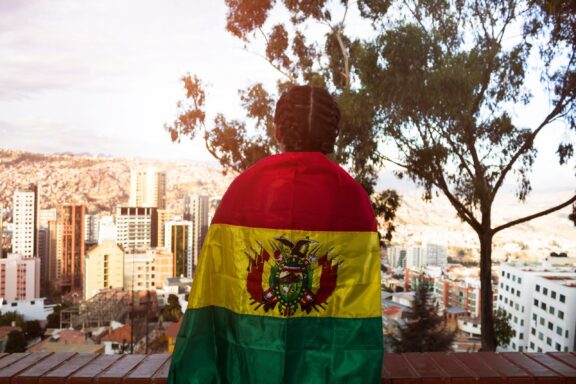
Red
The uppermost stripe of red on Bolivia’s flag epitomizes the bravery and the sacrificial bloodshed of national heroes during the struggle for independence.
This color resonates with the courage and bravery displayed by the Bolivian army, echoing a sense of enduring resilience within Bolivia’s vibrant communities.
Yellow
The central stripe of yellow illuminates Bolivia’s abundant mineral wealth, particularly its rich deposits of gold and tin.
This color, often linked with prosperity, aptly symbolizes the nation’s longstanding mining heritage, significantly shaping its economy and global standing.
Green
The lower stripe of green celebrates Bolivia’s fertile lands and its dedication to preserving the diverse ecosystems spanning the Andes Mountains to the Amazon rainforest.
This color, often associated with nature and fertility, embodies the harmonious relationship between humans and the natural world revered in many indigenous cultures within Bolivia.
Bolivia Coat of Arms
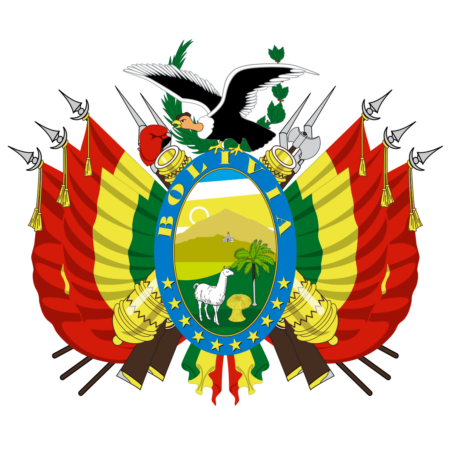
The Coat of Arms of Bolivia encapsulates the nation’s historical essence, natural abundance, and aspirations. It weaves in elements that represent Bolivia’s struggle for independence, its readiness to defend its sovereignty, and the rich biodiversity that graces the land.
The emblem also carries a message of hope and unity, symbolized by the rising sun and the national motto, “La Unión es la Fuerza” (“Unity is Strength”). The presence of significant agricultural and natural elements reflects Bolivia’s agricultural heritage and its respectful relationship with nature.
Through a blend of historical, natural, and aspirational symbols, the Coat of Arms portrays a well-rounded narrative of Bolivia’s national identity and values.
Historical Evolution and the Meaning Behind Changes
The design and proportions of the Bolivian flag have shifted since its introduction in 1851, mirroring changes in the nation and its history.

The original design featured horizontal stripes of yellow, red, and green, with the red line being double the width, symbolizing Bolivia’s mineral wealth, the bloodshed in its fight for independence, and the country’s fertility.
In 1888, to strengthen the national essence and avoid confusion with other similar flags, the stripes were adjusted to equal width, and the national coat of arms was added.
In 2004, the government returned to the original 1851 design, maintaining the symbolic colors but altering the proportions to emphasize the country’s historical roots and the significance of its journey towards independence.
These transformations reflect Bolivia’s continuous evolution and efforts to balance respect for tradition with a clear vision for the future.
Overall Symbolic Meaning of the Flag
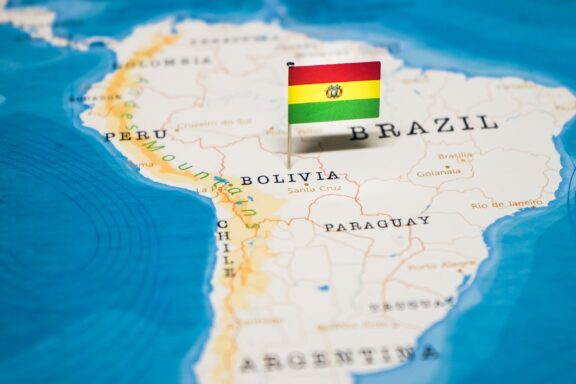
The Bolivian flag encapsulates the nation’s wealth, sacrifice, and fertility through its tricolor design. Yellow represents Bolivia’s mineral riches, red symbolizes the blood shed for freedom, and green represents the country’s lush landscape.
Together, these colors forge a visual narrative of Bolivia’s past struggles, natural bounty, and united aspirations for a prosperous future.
Similar Flags to the Flag of Bolivia
Bolivia’s flag resembles several national flags, often due to shared historical influences or coincidental design choices.
Ghana
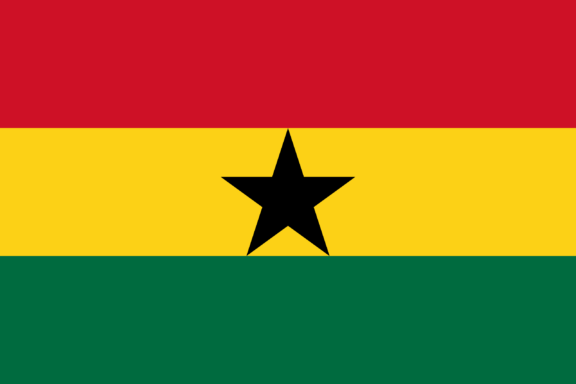
Like Bolivia, Ghana’s flag also features horizontal stripes of red, yellow, and green. The red symbolizes the blood shed for independence, the yellow represents mineral wealth, and the green represents the country’s rich forests.
The similarities between the two flags could be attributed to coincidental choices in using pan-African colors, though the meanings attached to each color slightly differ.
Lithuania
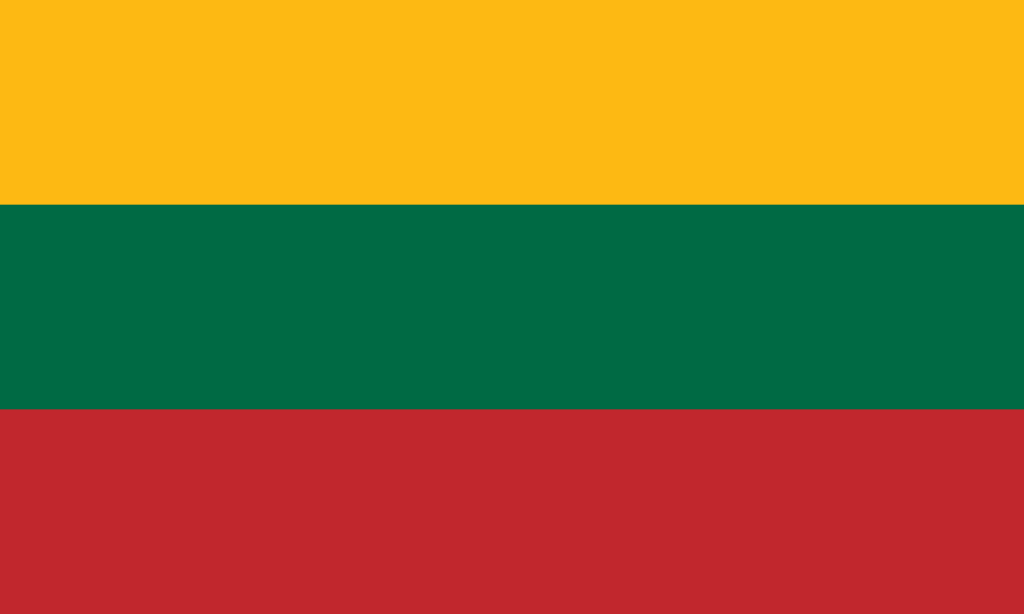
Lithuania’s national flag consists of horizontal stripes of yellow, green, and red. Although the color arrangement and meanings differ from Bolivia’s flag, using similar colors creates a visual resemblance.
The yellow in Lithuania’s flag represents the sun and prosperity, green symbolizes the country’s forests and countryside, and red represents the blood lost in the fight for independence.
Ethiopia
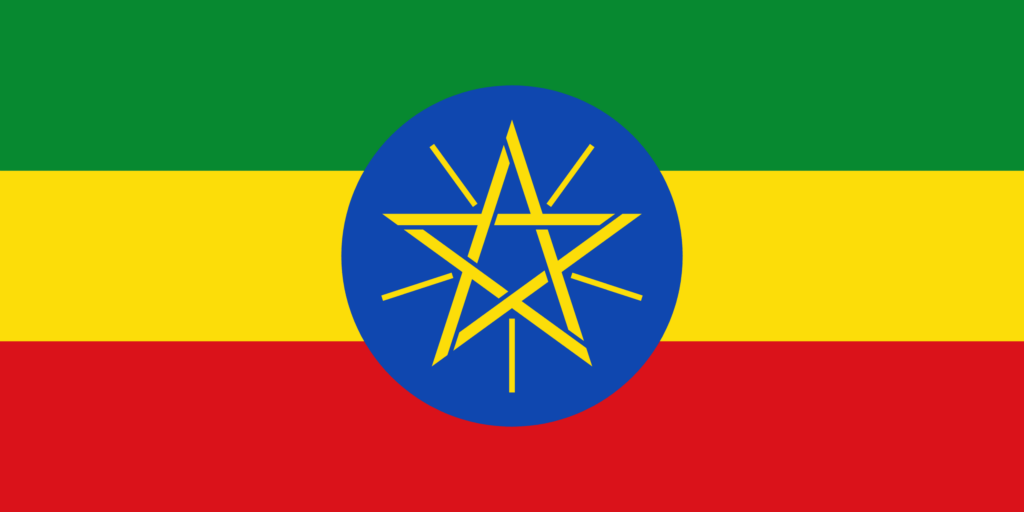
Ethiopia’s flag also incorporates the pan-African colors of green, yellow, and red, though in vertical stripes. The green stands for the land and hope, the yellow represents peace and love, and the red symbolizes strength and bravery.
The resemblance to Bolivia’s flag could result from the widespread use of these colors in various national flags, especially among countries that gained independence in the 20th century.
Conclusion
The Bolivian flag, with its vivid red, yellow, and green hues, encapsulates the nation’s history, diversity, and natural bounty. It is distinct among global flags, symbolizing Bolivia’s unique identity and values.
For Bolivians, the flag is a source of national pride and unity, embodying their shared past and aspirations for the future.
Image Sources and Copyright Information
- Woman Wrapped in Bolivian Flag Overlooking Cityscape: © Antonio Marca/Shutterstock
- Bolivia Flag Pin on Map: © hyotographics/Shutterstock